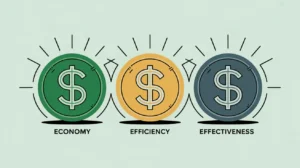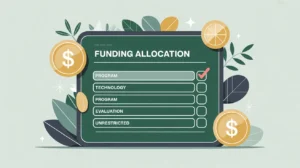Importance of Grant Lifecycle
The grant lifecycle outlines the stages nonprofits go through when securing, managing, and closing out grants. This matters because effective management of each stage maximizes funding opportunities, ensures compliance, and builds trust with donors. For nonprofits in social innovation and international development, understanding the grant lifecycle helps align resources, reduce risk, and strengthen the organization’s ability to deliver systemic change. Boards and leadership value lifecycle management because it provides a framework for accountability and long-term sustainability.
Definition and Features
The grant lifecycle is defined as the sequential process of securing and managing grants, from pre-award planning to post-award closeout. Key features include:
- Pre-Award: prospecting, proposal writing, and budget development.
- Award: negotiation, agreement signing, and initial disbursement.
- Implementation: financial management, reporting, and compliance monitoring.
- Closeout: final reporting, audit, and evaluation.
The grant lifecycle differs from general fundraising because it requires formal structures, compliance, and donor-specific reporting at each stage.
How This Works in Practice
In practice, nonprofits manage the grant lifecycle through coordinated efforts across fundraising, finance, and program teams. For example, a nonprofit may apply for a three-year $2 million grant, requiring pre-award coordination of partners, award negotiations with a foundation, and strict implementation reporting. Finance teams track expenditures, program staff deliver outcomes, and compliance officers ensure adherence to donor requirements. At closeout, the organization submits final reports and prepares for possible renewal or future funding opportunities.
Implications for Social Innovation
For nonprofits in social innovation and international development, the grant lifecycle provides a roadmap for sustaining complex, multi-year initiatives. Transparent reporting reduces information asymmetry by clarifying how funds are pursued, managed, and stewarded responsibly. Donors value organizations that demonstrate strong lifecycle management, as it signals capacity and accountability. By mastering the grant lifecycle, nonprofits can improve funding success rates, strengthen relationships with donors, and ensure mission-driven work continues with consistency and integrity.







